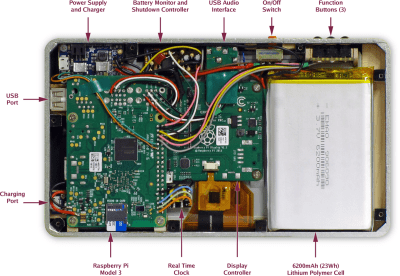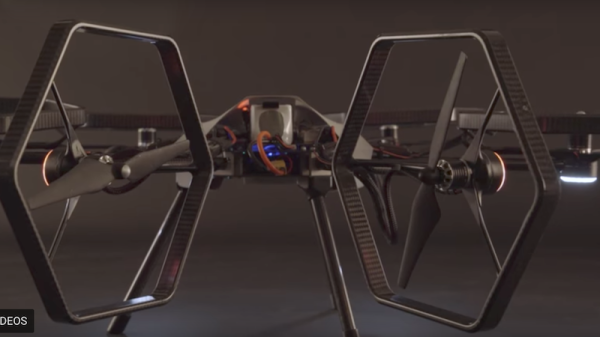We’ve always been fascinated at the number of ways logic gates can spring into being. Sure, we think of logic gates carrying electrons, but there are so many other mechanical means to do the same thing. Another method that sometimes has a practical use is fluidic or pneumatic logic. We guess [dAcid] has a similar interest since he’s written two posts on how to construct the gates. One post covers making them with ordinary tools. The other requires an SLA printer.
According to [dAcid], the design is effectively the same either way, but the SLA printing is more precise. Silicone is an important component, either way. Fluidic logic has applications in some mechanical systems, although digital logic has made it less important than it once was. However, it is very possible that nanotechnology systems will implement logic mechanically, so this is still an interesting technique to understand. You can see videos of how a D latch looks using both methods, below.



















